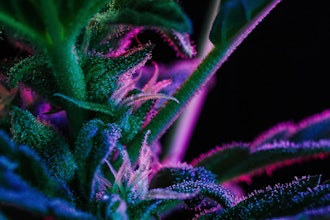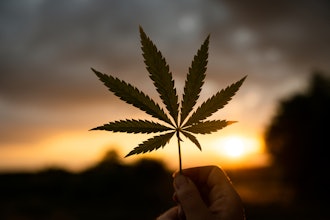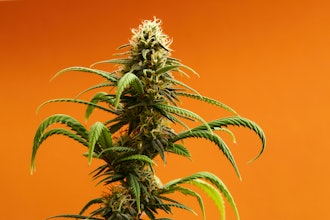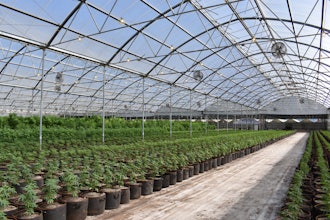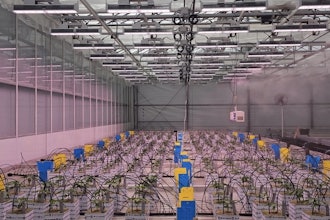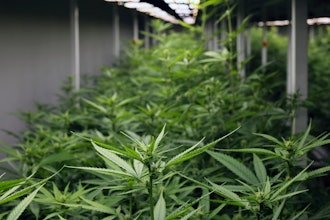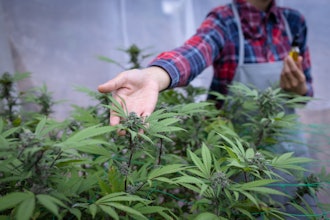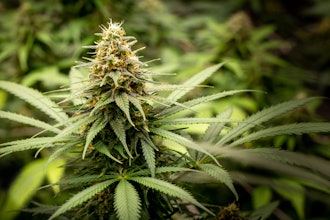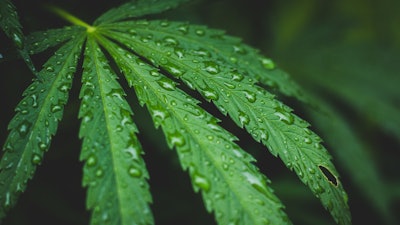
Water is the essence of life, and its quality is important to the health and productivity of cannabis plants. As the cultivation industry evolves, leveraging technology becomes essential.
Modern IoT devices offer a deeper view into water quality, ensuring plants receive the best hydration possible.
Why Monitor Water Quality?
Water delivers essential nutrients to the plant, facilitates photosynthesis, and regulates temperature. Its quality directly impacts cellular functions, growth rate and the overall health of the cannabis plant.
Poor water quality can lead to nutrient imbalances, hinder absorption, and introduce harmful pathogens or contaminants, potentially harming or killing the plant.
What Are We Monitoring?
- Telemetry Types:
- pH Level: Indicates the acidity or alkalinity of water, affecting nutrient availability.
- Example Value: pH 6.5.
- Electrical Conductivity (EC): Measures the salt content, hinting at nutrient levels.
- Example Value: 1.5 mS/cm.
- How This Telemetry is Represented: Water quality metrics are typically displayed in line graphs, indicating fluctuations over time and aiding in trend analysis.

Devices for Monitoring Water Quality
- pH Meters: Measure the acidity or alkalinity of the water. Proper pH ensures optimal nutrient uptake.
- EC Meters: Provide insights into the salt and nutrient content, helping cultivators adjust nutrient solutions accordingly.
- IoT-Integrated Water Sensors: These advanced devices not only measure pH and EC but can also detect contaminants, pathogens or unusual organic compounds, sending real-time alerts to growers.
Interpreting Data
- Understanding the Ideal Range: Cannabis prefers slightly acidic water, with a pH range of 6.0 to 7.0. EC values, representing nutrient strength, can vary depending on the growth stage but typically hover around 1.2 to 1.8 mS/cm.
- Recognizing Outliers: Sudden spikes in EC might indicate high nutrient concentration, while a drastic pH shift could signal contamination.
Testing and Calibration
- The Importance of Accuracy: Ensuring precise readings is crucial as even slight deviations in water quality can impact plant health.
- Testing Procedures: Regularly cross-check device readings with lab-grade equipment or standard solutions.
- Calibration Steps: Use pH and EC calibration solutions to routinely recalibrate meters, ensuring consistent accuracy.
Using Data for Cultivation Decisions
- Adjusting Nutrient Solutions: Based on EC readings, cultivators might need to dilute or fortify their nutrient solutions.
- Incorporating Other Data: Water quality should be considered alongside other factors like lighting, temperature, and humidity. Their interplay can provide insights into overall plant health.
- Long-term Planning: Tracking water quality trends can guide decisions on water source selection, filtration systems, or nutrient adjustments.
Monitoring water quality is an essential facet of successful cannabis cultivation. As the bridge between the soil and the plant, water carries a tremendous responsibility. IoT devices empower cultivators with real-time data, ensuring that this life-giving liquid is always up to the mark. In the ever-evolving world of cannabis cultivation, those who harness technology will undoubtedly reap the most bountiful harvests.
This article is part seven of an exclusive new series that will guide you through the essence of each of the fourteen pillars of plant care, focusing on indoor growth and revealing the nuances of how IoT can be a game-changer for cultivators.
Shawn Deggans owns Green Nanny, an IoT, AI and data consulting company focused on helping growers spend more time in the garden and less time struggling with technology.











